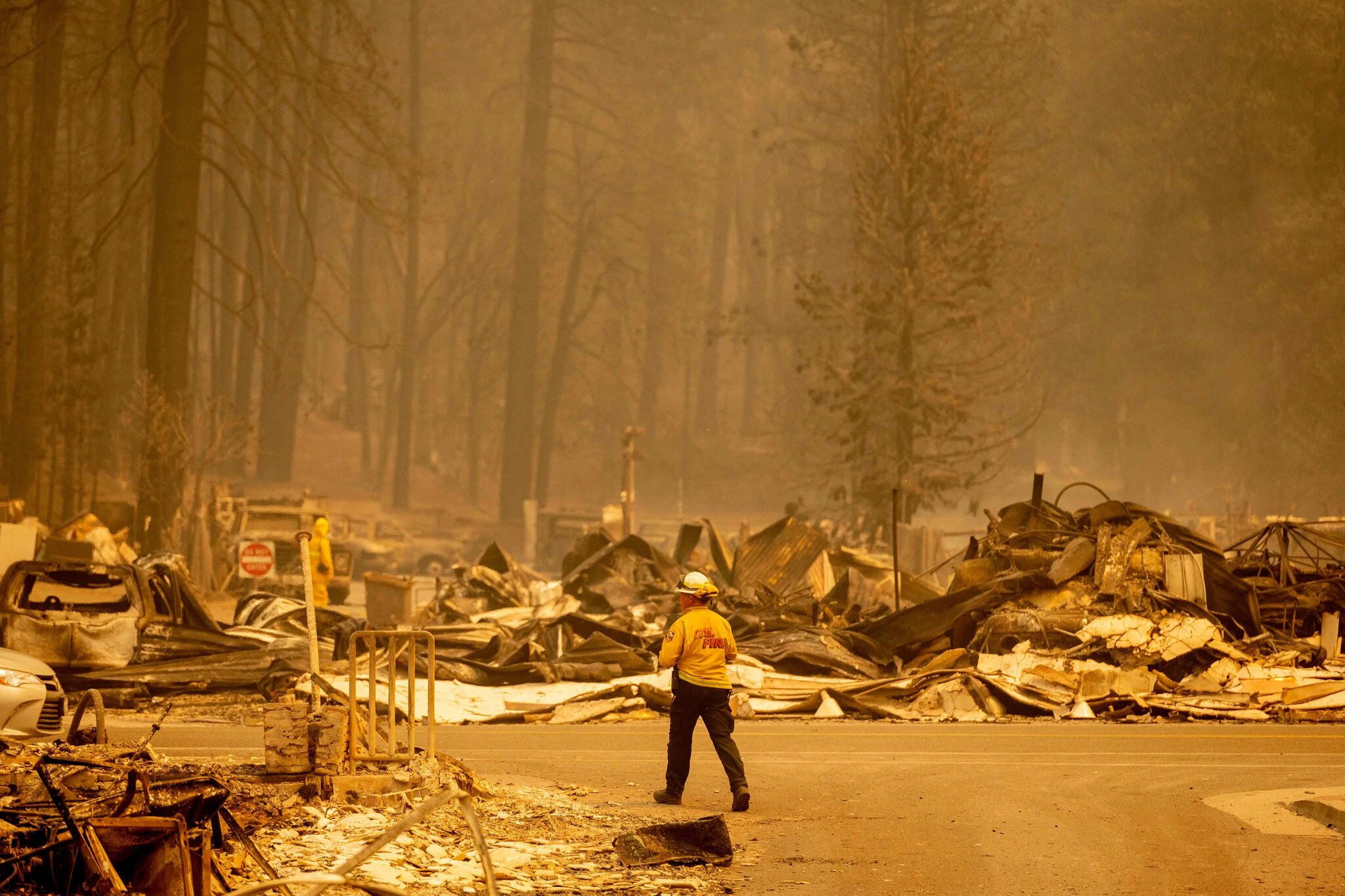Stanford and Santa Clara County are ramping up their efforts to ensure communities stay safe from the threats of fires and air pollution during a historic fire season.
Air pollution from wildfires is not uncommon on Stanford’s campus and in Santa Clara County — with climate change compounding the naturally warm and dry weather, the magnitude of wildfires has been growing immensely. The Dixie Fire, which ignited over a month ago after a tree fell on a PG&E power line, is now the second-largest fire in California history, and still burning.
According to Chris Field, the director of Stanford Woods Institute and a professor of interdisciplinary earth sciences, the link between the fires and climate change is undeniable.
“It is very clear in California and regions in the West that climate change in the past several decades has led to an increase in area burned from wildfires due to fields becoming drier and the duration of the wildfire season getting longer,” Field said.
The impacts of a warming climate on fire season are unpredictable, Field said. Rather than increasing the frequency of wildfires during fire season, climate change will instead lead to larger fires that could ignite during historically unlikely times of the year.
Within the last few years, wildfires have caused significant air pollution in Santa Clara County. Memorably, last year the sky developed an orange tint in many Bay Area counties because of heavy smoke.
Santa Clara County Supervisor Cindy Chavez has been working to mitigate the impact of wildfires on her district by ensuring that local fire departments are well-funded and -equipped.
According to Chavez, when wildfires are burning on the West Coast, residents should “check sparetheair.org every day. That is the Bay Area Air Quality Management District-run website that provides the latest information about the region’s current air quality.” By doing so, residents can ensure the air quality is still clean enough to do outdoor activities. When air pollution becomes dangerously high, however, residents should “stay indoors with the windows closed and run any air filtration systems they have,” Chavez said. She added that people should avoid strenuous outdoor activities, and avoid driving non-electric vehicles, as they significantly increase the amount of pollution in the air.
Participating in outdoor activities when air pollution is high is unhealthy, especially for people with heart or lung disease, according to the CDC. Shortness of breath and irritation of asthma are just some of the symptoms of light exposure to poor air quality.
On Stanford’s campus, the risk of ignition is very real. According to University Spokesperson E.J. Miranda, “The University’s main campus land covers more than 8,000 acres, much of which is undeveloped and populated with natural vegetation and open grasslands.”
A fire on Stanford’s land would pose a serious safety concern, along with air pollution and a number of risks to the campus community.
“We understand the threat wildfires pose to our community, and Stanford is stepping up its wildfire prevention efforts in response to changing weather conditions that are increasing the length and severity of California’s wildfire season,” Miranda said.
Last year, Stanford brought together a group of experts in the field of ecology — from wildland fire science to environmental planning — to revise and update the scope of a 2019 plan drafted by environmental specialists to minimize fire hazards on Stanford’s campus. The initiative aimed to provide recommendations for vegetation management and a current maintenance plan for Stanford’s lands, based on wildland fire hazard risks. The updated Wildfire Management Plan is expected to be completed in September, Miranda said.
